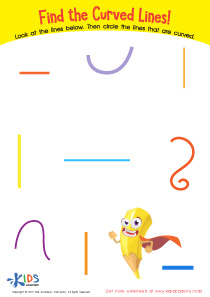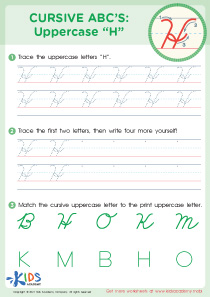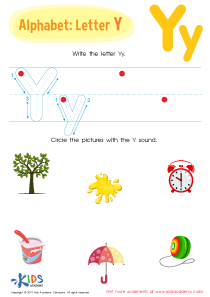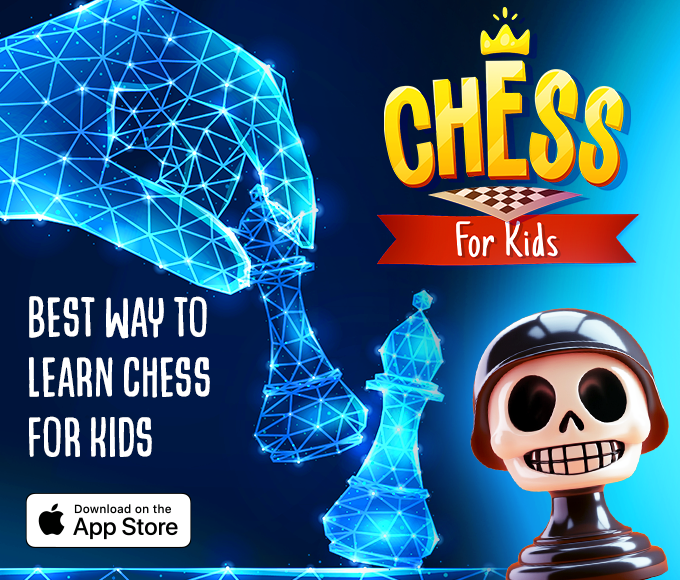Uppercase identification Alphabet Worksheets for Ages 3-4
5 filtered results
-
From - To
Discover our Uppercase Identification Alphabet Worksheets designed for ages 3-4! These engaging activities help young learners recognize and differentiate between uppercase letters. Each worksheet features fun exercises like tracing, matching, and coloring to reinforce alphabet knowledge while developing fine motor skills. Ideal for preschool and early kindergarten students, these printables make learning exciting and accessible. Foster a love for literacy and give your child a head start in reading by incorporating these worksheets into your daily routine. Visit Kids Academy and explore our diverse resources to support your child’s educational journey!
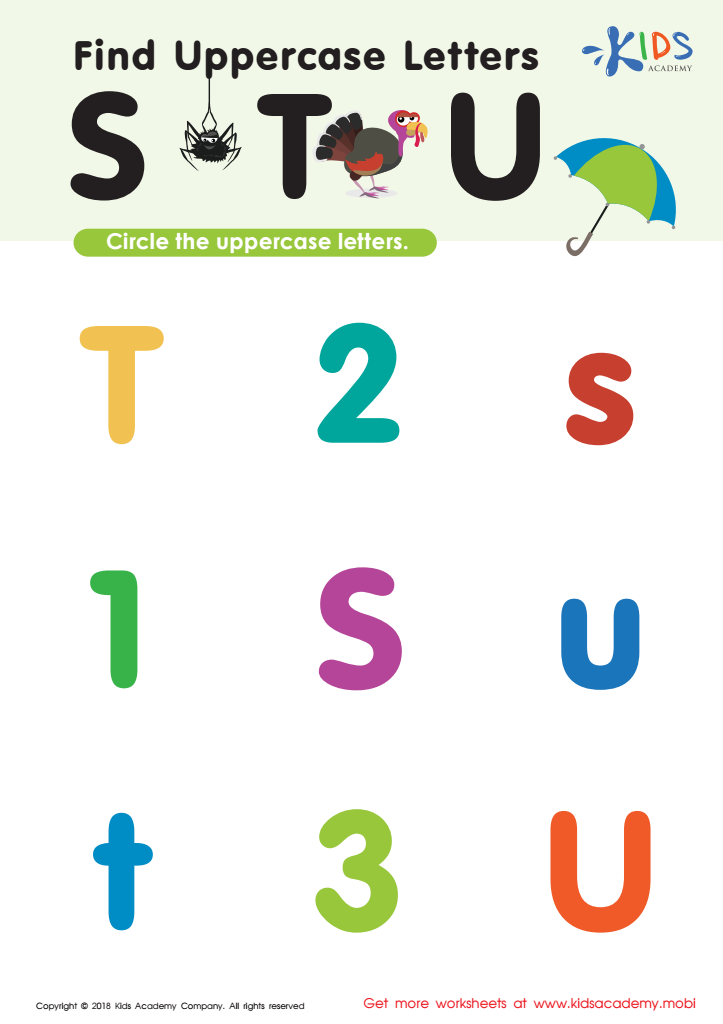

Find Uppercase Letters Worksheet


Find Uppercase Letters J, K, and L Worksheet
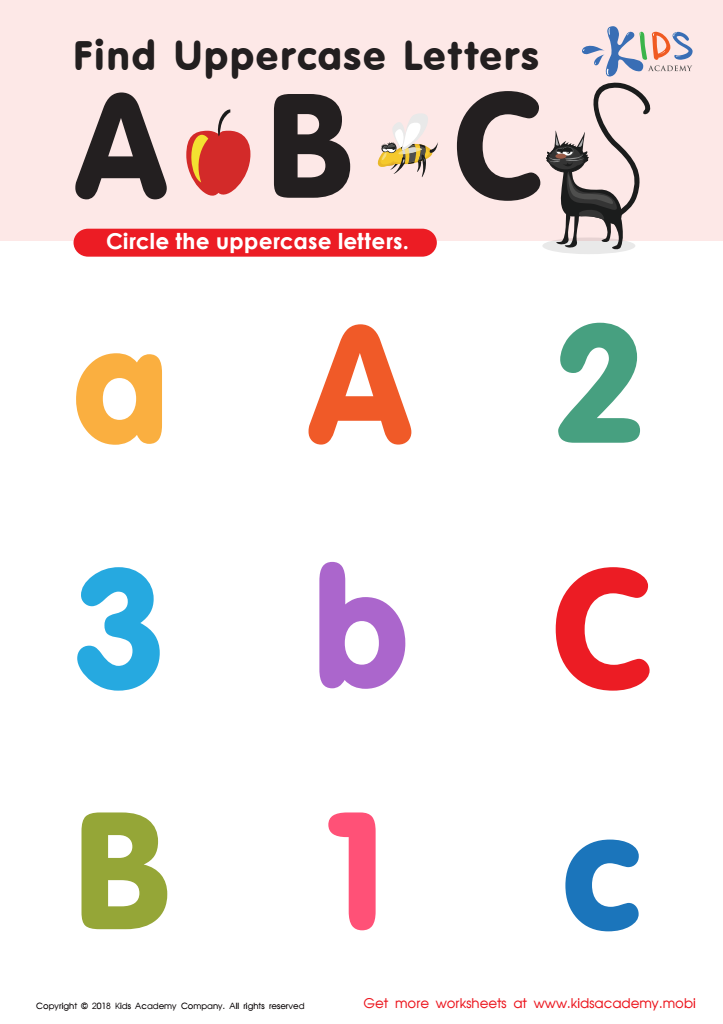

Find Uppercase Letters A, B, and C Worksheet
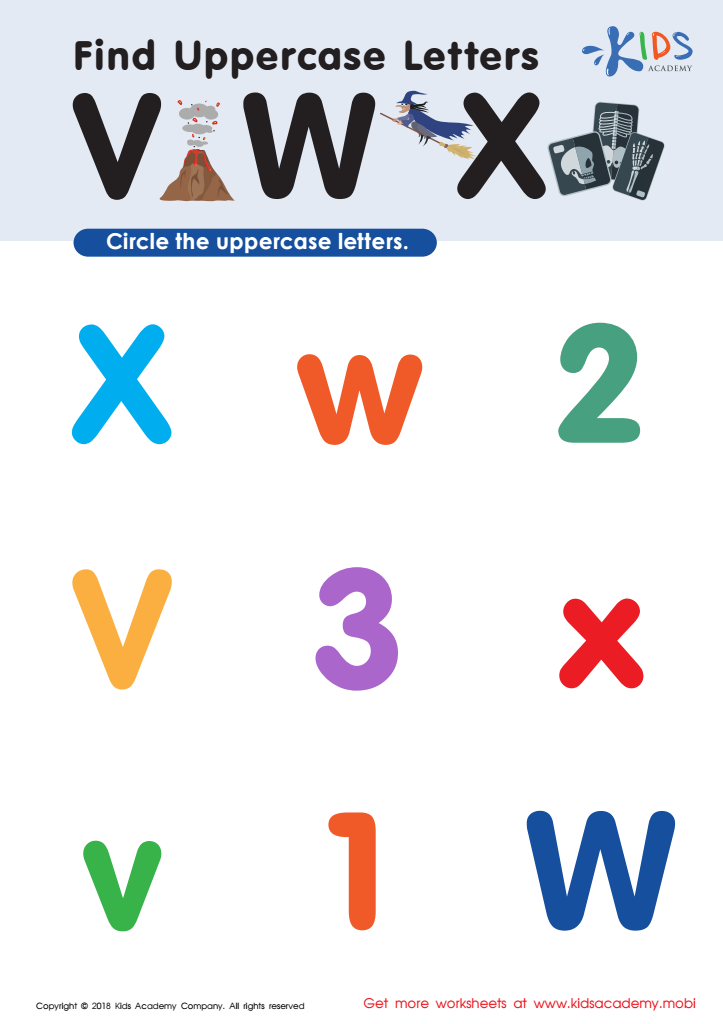

Find Uppercase Letters V, W, X Worksheet


Find Uppercase Letters M, N, and O Worksheet
Parents and teachers should pay close attention to uppercase alphabet identification for children aged 3-4 because it lays a critical foundation for early literacy skills. At this formative age, young minds are particularly receptive and eager to learn. Introducing them to uppercase letters first can help simplify the complex process of learning to read. Each uppercase letter is distinct and less likely to be confused with one another or similar-shaped lowercase letters, which often look very similar to each other. This clear differentiation assists children in grasping the concept of letters as unique symbols.
Moreover, many foundational and introductory literacy materials use uppercase letters. By familiarizing children with these letters early on, parents and teachers can empower them to better recognize and connect letters to sounds, a crucial step towards reading fluently. As preschoolers begin to identify and distinguish these letters, their confidence and interest in learning can soar, encouraging a lifelong positive attitude towards education and reading.
Additionally, uppercase letters often appear in children's environments within their names, signage, educational toys, and basic instructional content. Recognizing these letters boosts their ability to interact effectively with their everyday surroundings, fostering a sense of achievement and independence.
In essence, the focus on uppercase alphabet identification for young children paves the way for early academic success, underpins essential literacy development, and fuels a healthy, ongoing curiosity for learning.
 Assign to My Students
Assign to My Students











